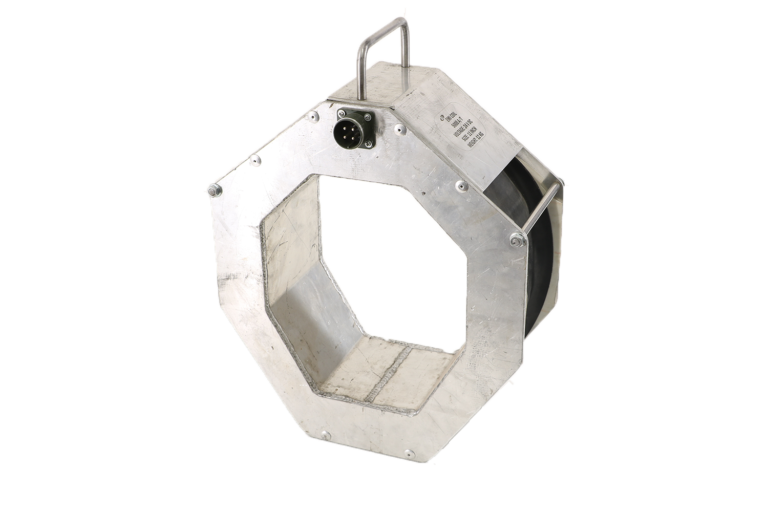Electromagnetic inspection(EMI) Unit
Table of Contents
Electromgnatic inspection system
To reach the black gold, drilling pipes have to penetrate deep into the earth. For medium-deep drilling of around 2000 m in depth, approximately 222 pipes of 9 m each are required. A new pipe has to be screwed on every 9 m.The material has to withstand a lot and be durable. Faultless material that meets international standards is thus essential. For this purpose one of the equipment that Used to check the condition of pipes in the drilling industry Is the EMI system. Which is actually the most accurate method to detect possible defects.
Electromagnetic inspection (EMI), as a non-destructive testing method, can detect the presence of cracks, corrosion, cavities and similar defects by inducing a magnetic field inside metal objects and collecting the resulting responses by a number of sensors, which They are placed around the body.
1- Operation Desk
In this section, Buggy is guided and the magnetic coil is controlled. Also, the output of magnetic sensors enters the desk and is processed by electronic circuits and sent to the software for calculations and display.
2- Coil
In order to create the necessary magnetic field to observe the defects on the pipe, a magnetic coil with calculated number of turns and current is used.

3- Buggy
A carrier with two DC motors to move the sensors and the magnetic coil on the pipe for inspection.
4- Buggy-Head
8 magnetic sensors are used to perform inspection operations in this system. These sensors are installed inside a structure that can open and close and adjust the sensors on the pipe. This section is equipped with our proprietary technology (AMT) for smooth and fast movement with maximum accuracy on the pipes.
5- Sample pipes
An indicator tube marked according to the standard is used to ensure the correct operation
of the system. This tube has 8 symbols with a specified size, for each of the sensors of the device.
Contact us:
muscat, Sultanate of OMAN
TEL: +968 9333 3555
